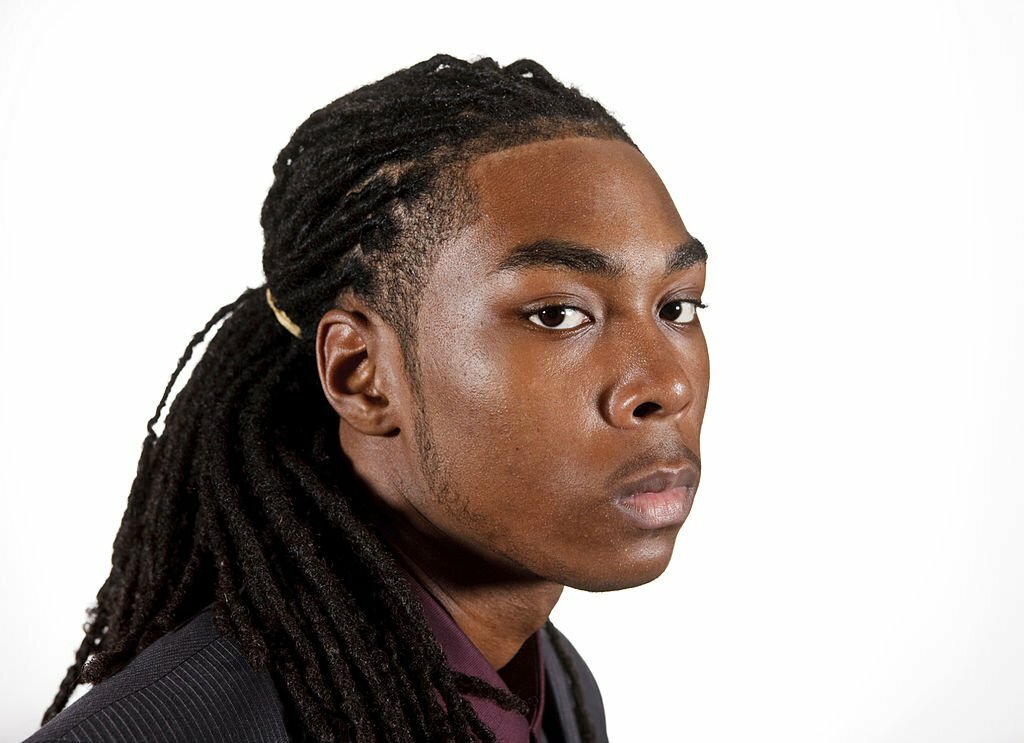Dreadlocks are all the rage nowadays. From celebrities and athletes to influencers, our instagram is booming with different dreadlock hairstyles, and we can’t help but gush over how amazing they look. Therefore, it’s only natural to dig deeper and discover everything related to locks, such as dreadlock sizes.
It’s one of those factors that rarely gets discussed. Why is that? Because we girls are too busy figuring out what style matches best with our aesthetics.
It’s no secret that getting this hairstyle is a bold and fantastic option as a protective hairstyle. However, getting more details before jumping on the internet bandwagon is essential.
Hence, today. We will discuss some of the different loc size charts and determine which works best for you. So, stay tuned till the end, and let’s get into the weaving web.
What Is A Dreadlock Size?
The placement and size of your hair sections determine the size of your dreads, how to lay them over your head, and the overall appearance that comes with it.
Moreover, having no set number of locs gives you a fuller look. It all comes down to your head size, scalp, and strand diameter.
Below are some factors you should consider before choosing your dreadlock size.
Factors To Consider For Choosing The Right Dreadlock Size:
Selecting the ideal size for your hair requires taking into account several factors:
- The density of your hair
- The diameter of your hair strands
- The desired overall appearance
There’s a reason this listing is in this sequence. Before selecting a size based only on the desired look, you must consider your hair’s characteristics.
Most of us would adore having a stunning mane of locs, but not everyone has the hair thickness necessary to achieve this.
Don’t give up if your hair isn’t very thick or dense. Even without all the hair, a complete look is still achievable. It all depends on how you divide your hair.
Strand Diameter:
The size of each hair strand is known as strand diameter. Quantifying the strand diameter as small (OK) or thick (coarse) is possible. Naturally, if your hair falls somewhere in the middle between fine and coarse, it is average.
Hair Density:
The quantity of hair strands throughout your entire head is your hair density. We have three categories for hair density: high, moderate, and low.
Most people have average hair density, whereas a smaller percentage of the population has less hair on their heads, and a smaller percentage has more hair on their heads.
Overall Appearance:
Most importantly, the look you want plays a crucial role in determining the size and contrast of your dreads.
We all have different hair textures, such as caucasian, African, wavy, curly, straight, etc. Therefore, the dreads we choose will have different appearances on our heads.
What Are The Different Density Combinations To Look Out For?
After covering density and diameter, it is time to take a look at different optimal hair combinations you should know about:
Average Hair Strand Density:
There are several ways to achieve a “full” look if your strands are average in size and density. You can have larger, more conventional locs or smaller micro locs or sisterlocks. You can choose any size and still get the look you choose.
Low-Density Fine Strands:
The most challenging condition is when there is low density and fine strands. Your scalp could appear naked if you have fine hair with low density and many sections.
Getting a highly detailed view will be difficult. However, the appearance won’t matter if you think of locs as a metaphor for a spiritual journey rather than a style you aim to acquire.
Density High with Thick (Coarse) Strands
Thanks to their thick and dense strands, you can achieve a fuller-looking head without having many locs. You can have more significant portions that still yield good-sized locs.
Remember that beginning locs will gradually compress, tighten, and shrink to about half their original diameter. Even with coarse strands and great density, you will still appear voluminous. Thus, choose portions of average size for a modest number of locs.
Types Of Dreadlock Sizes
You can find dreadlocks in the following sizes:
1. Sisterlocks:
The shortest locs in the category are sisterlocks. The diameter of the Sisterlocks can vary from 1/8 to 3/8 of an inch. You can get tiny, medium, and giant sisterlocks.
A Sisterlock’s average thickness is comparable to a strand of yarn. For an average hairdo, 400 Sisterlocks should be used.
Sisterlocks are regarded as a special kind of locs. This implies that only a person who has completed a thorough certification program should braid them. For a stylist, it is a unique set of skills.
2. The Micolocks:
Following in size up from sisterlocks are micolocks. They could be about the size of a drink straw or shoelace. For your haircut, more than 150 Microlocks are required. Microlocks are a well-liked option for self-braiding enthusiasts.
3. Traditional Dreadlocks:
Conventional locs are around the size of a pencil or chopstick. Additionally, these can be thicker than a Sharpie. Because of their small size, you may need 20 to 50 Traditional Locs to achieve your desired dreadlock style.
At least 20 conventional locs should be taken into consideration. It is more difficult for a thicker loc to dry entirely after washing. That can lead to the growth of mildew or mold. Nobody wants something like that in their hair!
Ultimately, the dreadlock size you choose will depend on the density and length of your hair. If you grow your hair before the first dreadlock session, you may have additional size options.
Final Thoughts:
Dreadlock sizes vary according to the amount of hair on your head. So, before you jump on the trend, we recommend considering all the factors we’ve discussed to ensure you don’t make the wrong decision.
Moreover, other factors such as budgeting, maintenance, and the right hairdresser all play an essential role in determining the results.
Dreadlocks have an independent personality, even if you have the proper thickness and density. They develop as they see fit. For more interesting dreadlock facts, check out some of our other works at Dread Lock Swig.
FAQs
How many dreads is a full head?
A full head of dreadlocks should have at least 50 SE dreadlocks. We offer single packs of ten dreads each, half-head kits of thirty, and full-head kits of fifty dreads each. You can give your natural dreads more volume or color by using SE dreads.
Can I get dreads with 5 inches of hair?
Your hair should be about five inches long if you intend to adopt the twist-and-rip method to obtain loose dreads. You run the risk of blowing in early stages if you start off too short.
What size is 100 locs?
70–100 medium locs (1.0 cm) are available. 60–80 large locs (1.2 cm) were found. 40–50 XLarge locs (1.5 cm) are available. Wicks locs: 5–10 locs at 4 cm.



